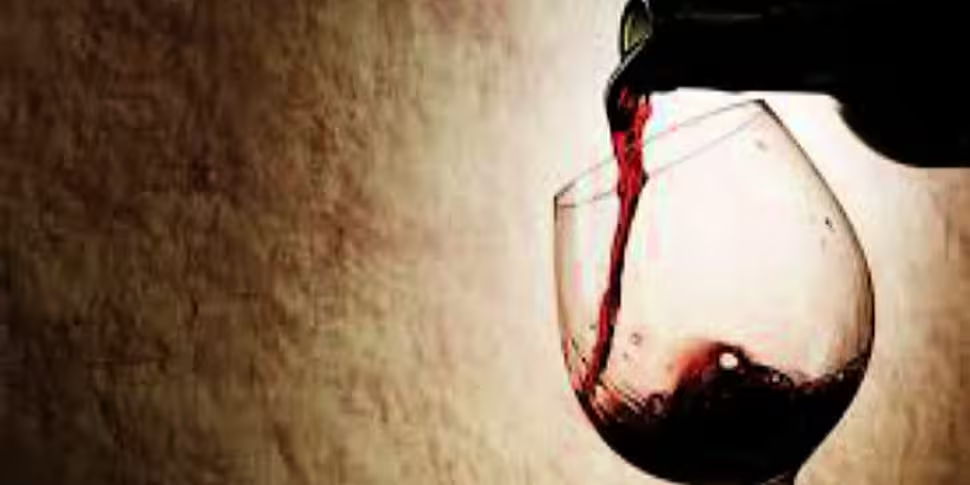Today on ‘Movies and Booze’ we tasted wines made from partially dried grapes. It’s a technique that has been used since at least 800BC by ancient Greeks and there are several references to raisin wines by Roman writers. Why did they do it and why do we do it today?
Drying grapes, originally on straw mats in the sun, today in crates in sheds, lofts or special temperature controlled rooms, increases the ratio of sugar to juice in the grapes. These bunches can then be fermented to make a higher alcohol dry wine at say 15-16% abv or a rich sweet wine. Both will keep longer than a simple lighter dry wine, which would have been a prized quality in ancient times when wine spoiled easily due a lack of understanding of the chemistry involved. These days we do it just because we like the flavour.
The technique to this day is probably more common in Italy and Greece than elsewhere. The best known styles are made in Valpolicella. The dry versions are known as ‘Amarone’ and sweet ones as ‘Recioto’.
Interestingly there is a halfway house style between regular light Valpolicella and Amarone della Valpolcella called ‘Ripasso’ (meaning repassed). It refers to the technique of adding dried grapes to freshly fermented wine. Some producers such as Masi add unfermented dried grapes which then ferment and up the alcohol level of the host wine. Others use the tea bag twice as it were by using skins from dried grapes that have already been fermented. Invariably there is a little sugar left and the young wine rinses this out and it ferments out, again upping the alcohol lever by perhaps a degree.
The grape varieties used are usually the native Veronese varieties Corvina, Rondinella and Molinara. Masi also have a local grape called Oseleta that they rescued from extinction in the 1980s. In fact the local university had listed it as extinct but Masi discovered a handful of very old vines and have since planted them out and now has 18 hectares and incorporate it in some of their wines. The Masi wine tasted today, a Ripasso style, has about 10% in it.
Guerriei Rizzardi 3 Cru Amarone Della Valpolicella 2010, €34.95
Rizzardi are an historic highly regarded family firm. One of their single vineyard amarones was rated as Italy’s ‘Red wine if the Year’ in the 2014 edition of the prestigious guide Gamberro Rosso. This, as the name suggests, is made from fruit from 3 vineyards which is dried naturally on trays in lofts for about 3 months before fermentation and then ageing in small oak barrels for one year and large old oak for a further two years. This avoids too much oak flavour and the main character found is an almost perfumed brack or tea cake like dried fruit character with great richness and length of flavour.
Where to find it: O’Briens
Masi Brolo Campofiorin Oro 2011, Rosso Verona, €21.99
Masi’s regular Campofiorin is well known and widely available at €17 - 18 but is currently in SuperValu at €15.49. Brolo is a special cuvee made using 10% Oseleta. This grape adds colour and tannin and dark berry fruit flavours to the bitter cherry and light raisin like flavours usually found in Campofiorin.
Where to find it: The Corkscrew, Donnybrook Fair, Hole in the Wall, McHugh’s, Shiels Londis in Malahide, Lohan’s Galway, Bradley’s in Cork, Amber in Fermoy.
Martin Moran MW, @winerepublic









